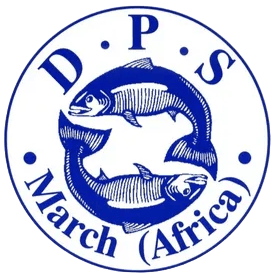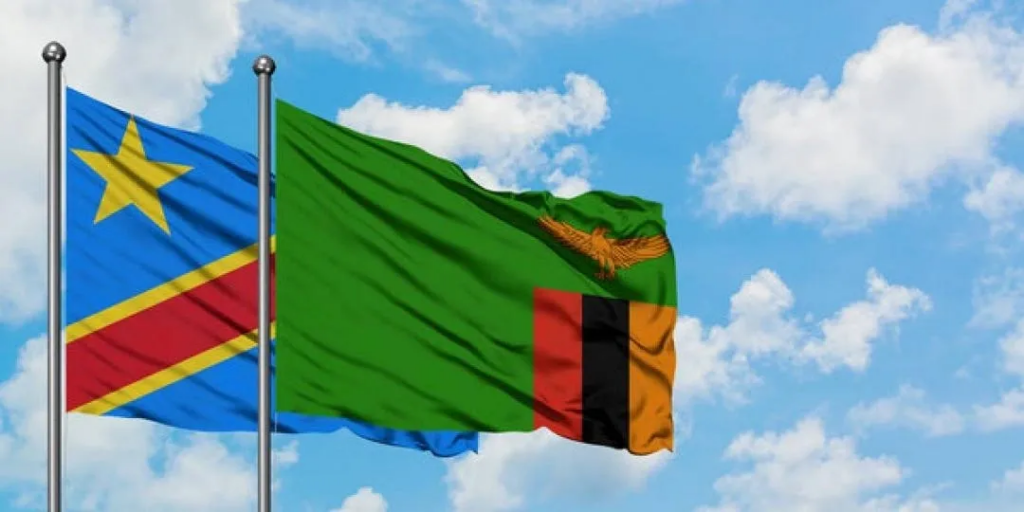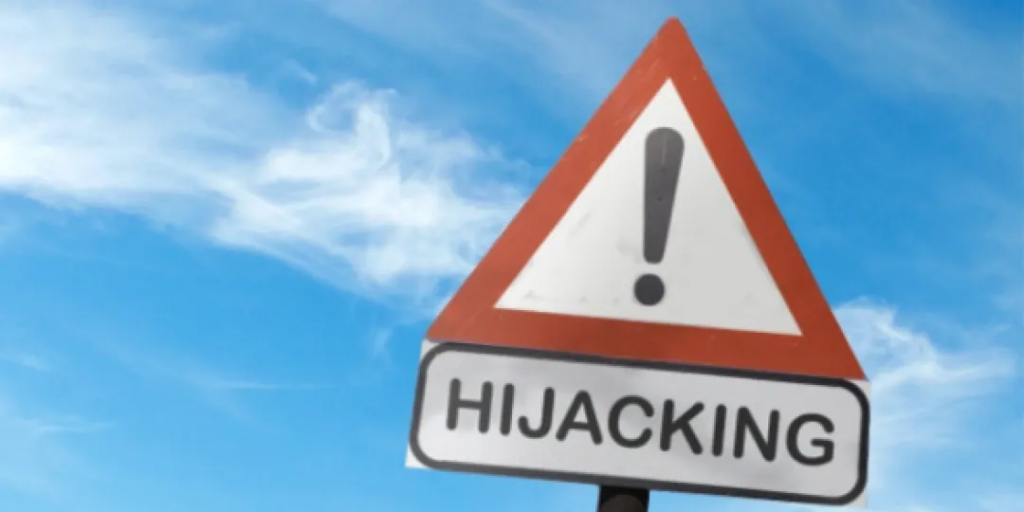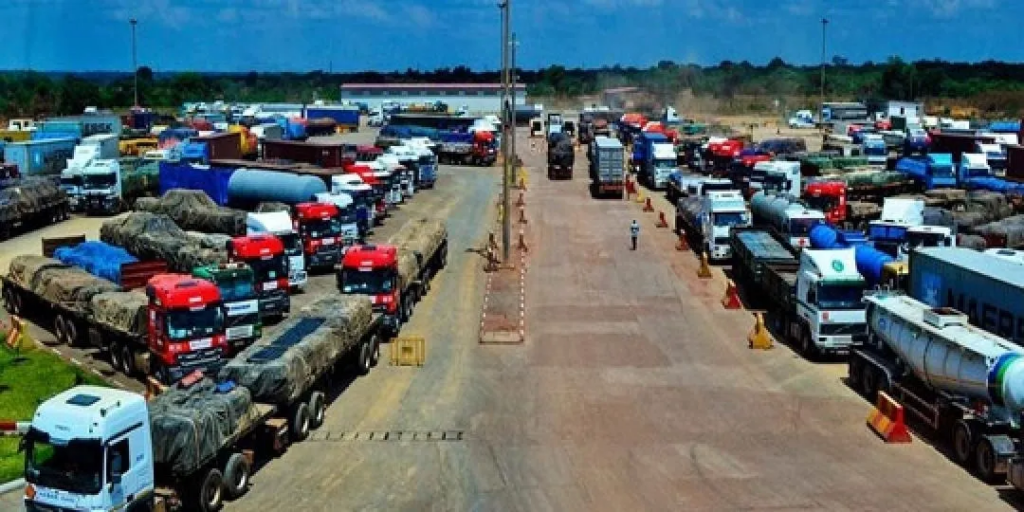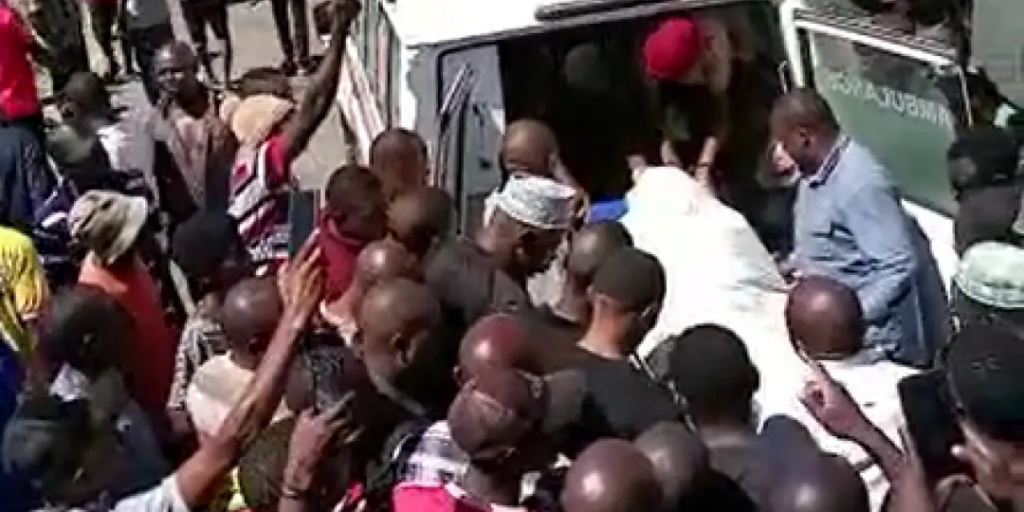
A long-distance truck driver has died of complications from malaria while stuck in the northbound queue at the Copperbelt border post of Kasumbalesa, the Federation of East and Southern African Road Transport Associations has confirmed (Fesarta).
The NGO’s chief executive, Mike Fitzmaurice, said it had happened over the weekend in Zambia where trucks queue for up to 70 kilometres south of the congested crossing.
“It just goes to show once more what’s happening at that border.
“It’s a humanitarian issue when drivers are left to fend for themselves.
“You can’t expect drivers to spend eight to ten days in a queue, not sleeping properly because they’re scared they may lose their place in the queue.”
He said it was deplorable that there was constant talk about sorting out one of Africa’s most blocked-up borders, but nothing really got done about it.
“Nothing is physically happening to sort out the snags. It’s all just talk.”
He also lamented what he called the inaction by the provincial government of Jacques Katwa, governor of Haut-Katanga in the Democratic Republic of the Congo (DRC).
“They do as they please and have no control over that border. As long as they keep making money off transporters who have no other way in and out of the copper mines.”
In the wake of the driver’s death, transporters are getting increasingly frazzled about the situation in the DRC, especially around Kolwezi where most of the DRC’s copper and cobalt is extracted.
Last week cargo scrutiny, with a distinct profit motive attached to it, led to violence in the area when Congolese troops allegedly attacked truckers for supposedly resisting having their loads scanned.
“It’s unclear exactly what happened but truckers on the outskirts of Kolwezi are now required to scan their cargo at $100 a load. Parking at the scanning facility costs a further $30, even if you’re only there for five minutes.”
Fitzmaurice said the scanning was really meant for timber, but it had been decided to scan copper and cobalt as well.
He has once again drawn attention to the alternative access routes that drivers have to get from Zambia’s Copperbelt Province into Haut-Katanga.
“You can also use the borders at Mokambo and Sakania, but the roads are so bad transporters don’t want to use those transits because of the damage risk it poses to their vehicles.”
They’re forced to use the ‘better’ border at Kasumbalesa, which has created a sitting duck situation south of Kasumbalesa where drivers waiting in the queue are preyed upon by criminals and, once at the border, exploited by corrupt border officials.
It’s important to keep in mind that up to 70% of the world’s cobalt, used for the production of high-capacity battery components in the manufacture of electronic vehicles, is moving through this choke point out in the tropical sticks of sub-Saharan Africa.
“It’s really about time for the international community to open its eyes to what’s happening there,” Fitzmaurice said.
Source :- By Eugene
